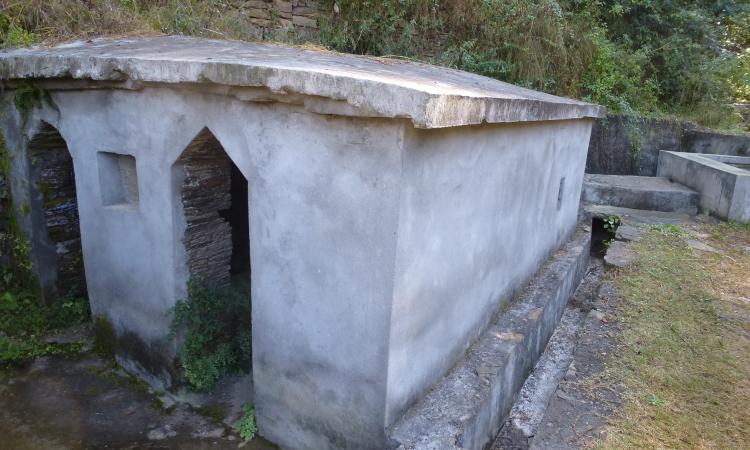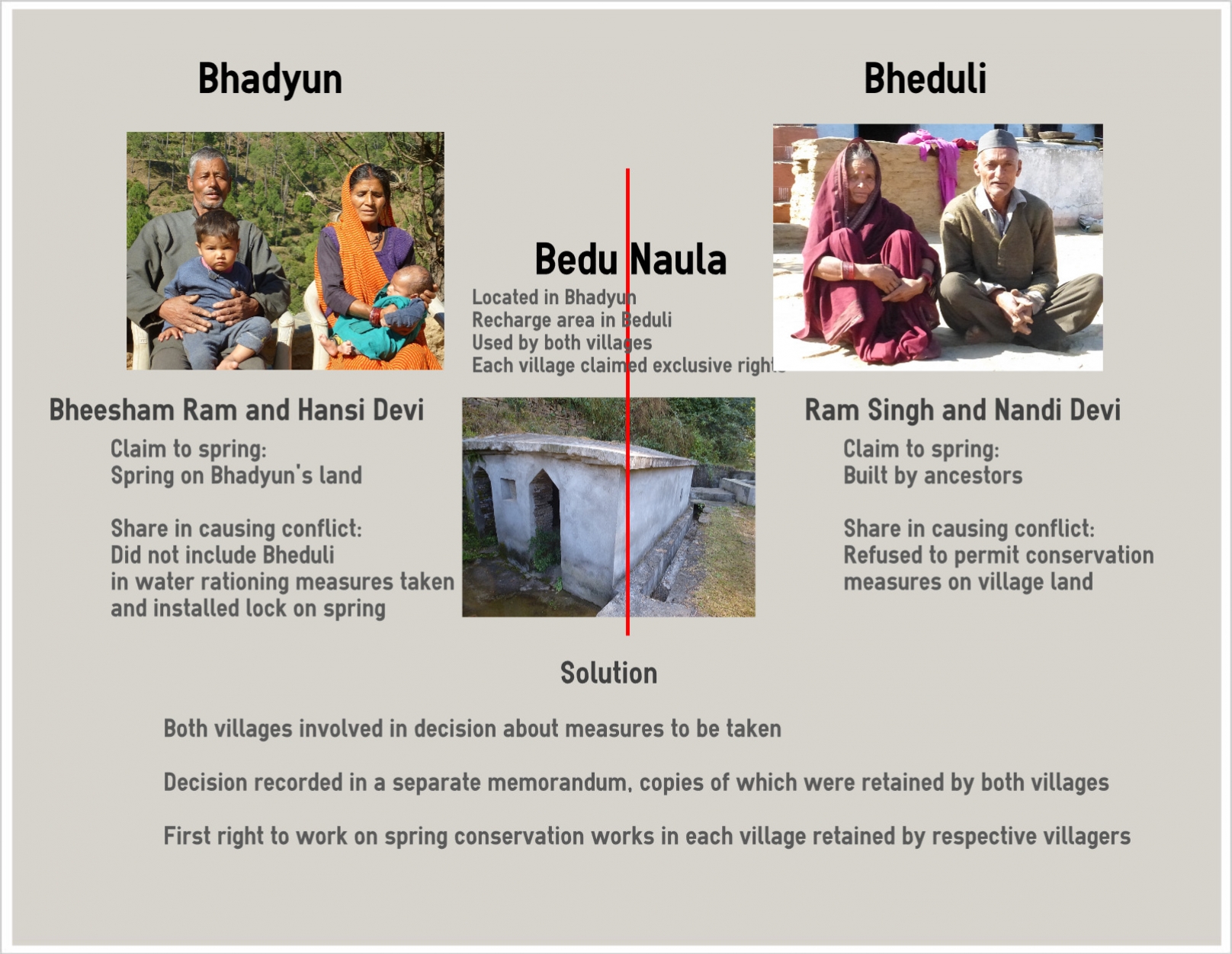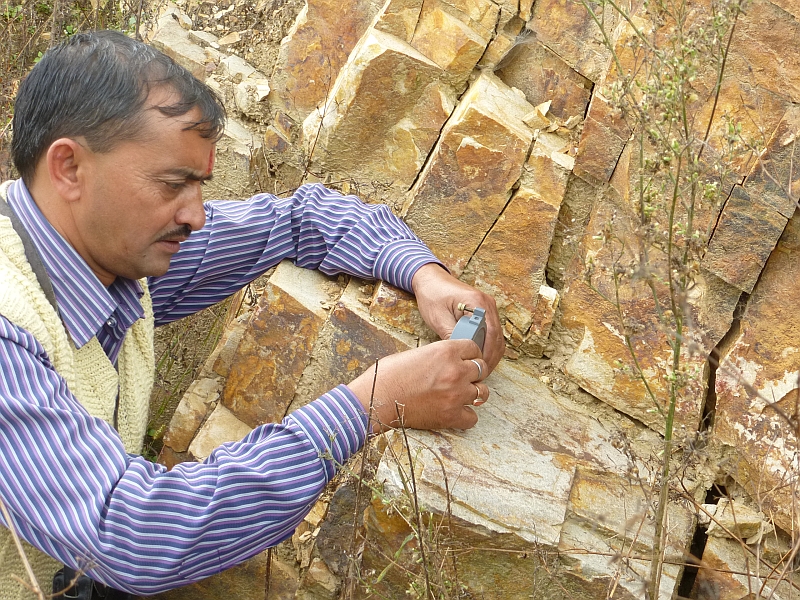
Numerous small villages dot the Himalayas. These villages obtain water from springs that are in their turn supplied by small aquifers. Due to the complex folded nature of the rocks that make up the mountains, the area from which these aquifers receive their water may be at some distance away from the actual spring. This makes it hard on people working to recharge springs because often, the source and the spring aren't in close proximity. In most cases like these, such water conflicts remain unresolved.
But not at Bhadyun and Bheduli.
A tale of two villages
Bhadyun and Bheduli are two villages in Uttarakhand that faced conflict over the sharing of water for nearly a generation but the development organisation working in this area managed to bring about a negotiated agreement. It wasn't an easy process, however.

Several generations ago, the two villages had agreed to share the water of a spring that lay on Bhadyun's land. The arrangement is still honoured, but grudgingly so.
The problem
The crisis came in 2009 due to drought and the resulting forced water rationing. This rationing, initiated by Bhadyun, also applied to the villagers of Bheduli. They were informed that the naula (spring) would be opened at only certain times of day. However, the villagers of Bheduli took objection to this because they hadn't been consulted on this decision and this led to many quarrels between the villagers.

A possible solution?
Shortly after this, CHIRAG, a development organisation working in the region, entered the scene. In 2009, they began to work on restoring springs. Bedu naula was among the very first springs the CHIRAG team selected to work upon. As Bhupal and Badani of CHIRAG conducted a routine geological survey of the area, they realised that the recharge area- the area from where water seeped into the ground to feed the spring- was in the village of Bheduli, and it was necessary to obtain permission from the villagers of Bheduli if they were to restore the spring.
'We knew nothing about the conflict', Bhupal told me. 'When we requested permission, we were taken aback by the aggressive refusal'. It took several weeks before the field team learned of the dispute over the naula.
Stalemate
Several rounds of meetings followed- separately with the people of Bhadyun and the people of Bheduli and with the people of both villages present. Sadly, all this came to naught.
Wisely, Bhupal and his team decided to shelve the project for the time being. They instead began work on another spring that was also on Bhadyun's land, the recharge area for which was also in another village. While this was going on, the villagers of Bheduli were curious spectators.
A second chance
CHIRAG's team then approached Bheduli again. This time, they suggested working to conserve the other spring that the villagers of Bheduli occasionally relied upon. Bheduli gladly agreed to work with CHIRAG on spring conservation.
As they worked together, Badani and his team gained the villagers' trust and respect. After two years, they again broached the topic of Bedu naula. Once more, a round of meetings followed, but with a crucial difference. This time, the meetings took place against a background of trust and knowledge.
Sensitive to the feelings around the ownership of the naula, CHIRAG held all meetings at the naula itself instead of at either village. The team also insisted that representatives of both villages be present. A set of terms were agreed to. Chief among these was that the builder's name on the wall of the naula, carved more than a hundred years ago, not be obliterated. Also preference was to be given to the people of Bheduli while employing labour to work on spring conservation work within the village limits.
Mindful of the villagers' fears, the minutes of this meeting were entered into neither Bhadyun's nor into Bheduli's meeting register, but into a separate document. Copies of this were given to both panchayats. Work started soon after and today, the flow in Bedu naula has increased. It is now a perennial spring with enough water to satisfy the requirements of the two villages without either having to ration water.
At last, the villages are separated, no more!